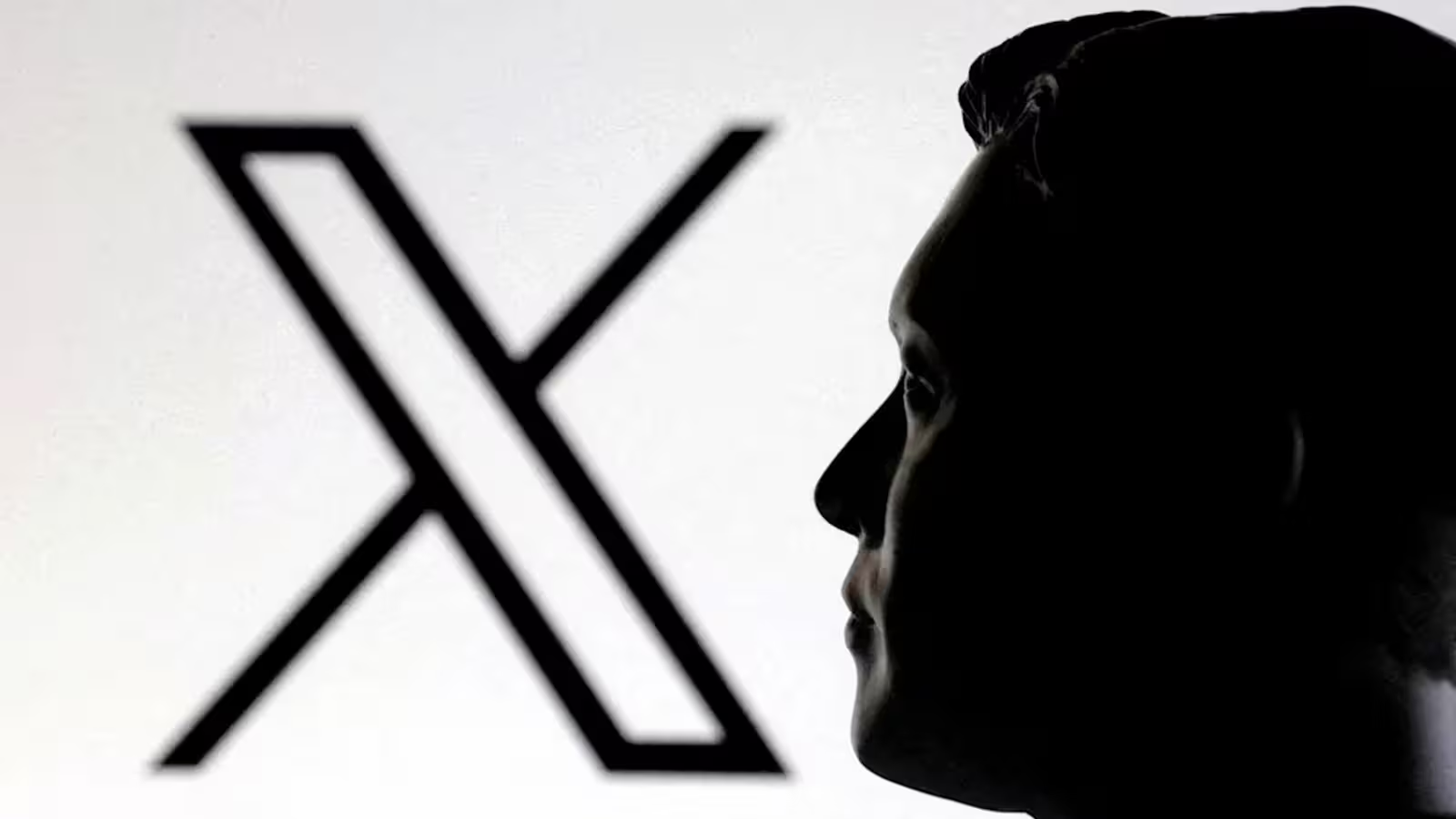3 Minutes
X Once Again Under Fire Over Child Sexual Abuse Material on Its Platform
Social media giant X (formerly known as Twitter) is back in the legal spotlight after a significant court ruling determined it must address allegations of negligence regarding child sexual abuse material (CSAM) on its site. On Friday, Judge Danielle Forrest of the US Court of Appeals ruled that X must face claims that its measures for identifying, reporting, and removing CSAM were insufficient, and that its reporting infrastructure failed to adequately protect young users.
The Legal Landscape: An Ongoing Battle Over Platform Liability
This new development is part of a lawsuit originally filed in 2021 against Twitter, prior to its high-profile rebranding to X. The plaintiffs are two minors who assert that the company delayed its response to reports of explicit content involving them, content which was allegedly coerced out of them by an online trafficker. According to the lawsuit, X did not act swiftly to remove the images, nor did its reporting systems efficiently handle urgent abuse cases.
An earlier court decision had sided with X, citing Section 230 of the Communications Decency Act—a foundational piece of internet law that typically protects online platforms from being held liable for user-posted content. Judge Forrest’s updated ruling partially aligns with this earlier verdict but also asserts there is sufficient evidence to suggest X may have been negligent in enforcing its own policies and protecting users.
How X’s Reporting System Measures Up
According to court documents, the case centers around a 13-year-old and a 14-year-old boy, who were manipulated by traffickers into sharing explicit images. When the content was published on the platform, reports indicate that the 13-year-old attempted to use Twitter’s internal reporting tools to flag the illegal content. The boy's mother also filed a complaint but initially received only an automated response, echoing broader concerns about user experience and platform responsiveness. Despite repeated attempts to flag the violation, both plaintiffs reportedly waited nine days before the offending post was finally removed. Only after this delay did the platform suspend the account responsible and report the incident to the National Center for Missing and Exploited Children, as stipulated by federal law.
Comparison with Other Social Media Platforms
X’s approach to CSAM detection and reporting is now being compared with industry standards on other major social networks such as Meta’s Facebook and Instagram, and Google’s YouTube. Many in the tech sector argue that robust AI-powered content moderation, rapid response times, and transparent incident handling are critical for user safety. The delayed action in this case highlights where X’s processes may have fallen short, raising critical questions about product features and platform accountability.
Market Relevance and Broader Implications
This ongoing lawsuit could set a major precedent regarding how social media platforms are expected to detect, report, and remove illegal content. If the Supreme Court hears the case, the resulting decision may influence the future of content moderation technology, user reporting tools, and the legal obligations of social media companies globally. For X, this case could drive changes in product design, customer support, and compliance with evolving digital safety regulations.
For platform operators, parents, and tech professionals alike, this high-profile dispute underscores the urgent need for investments in advanced AI moderation tools, user-friendly reporting systems, and clear escalation paths. As the case returns to district court, all eyes are on X’s next steps in improving digital trust and user protection across its fast-evolving platform.
Source: engadget



Comments